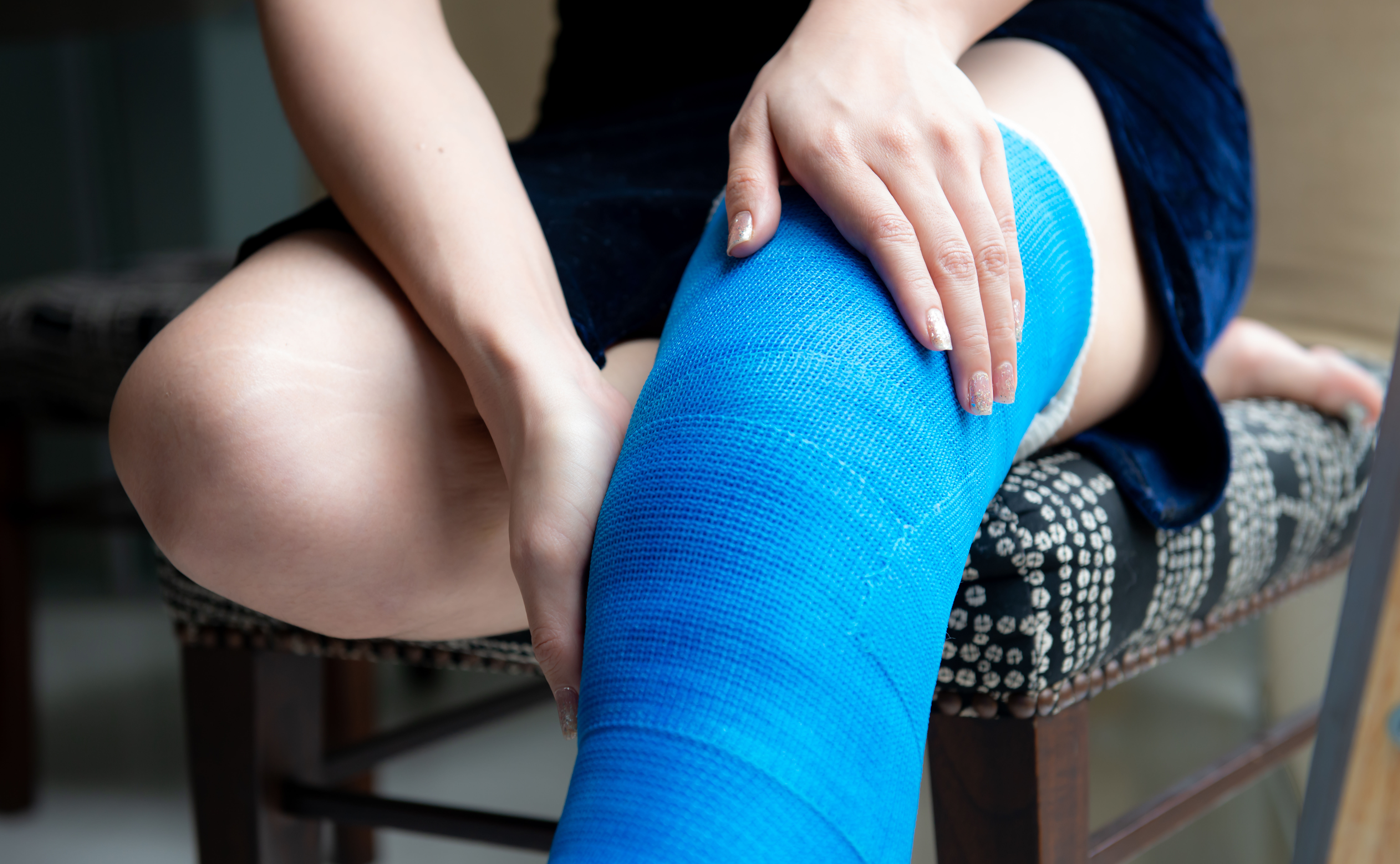Injured bones and soft tissue need casts and splint care tips to protect them. When there is a bone fracture, doctors usually realign and reposition the bone to its proper place. This is the function of casts and splints. They hold the fractured bones in place while they are recovering from the trauma. Furthermore, they also reduce muscle spasm, pain, and swelling.
A splint protects bone fracture or trauma. Remember to always follow your doctor’s instructions if you have a removable splint. Never attempt to remove the splint without permission from your doctor.
Adjustable splints are common. Some also have a built-in air cushion.
Splints, however, are more flimsy and fragile than casts. This fragility can be at an advantage since they can be adjusted to tend to swell from injuries easily than casts. Its up to you to choose the splint care tips that you want.


